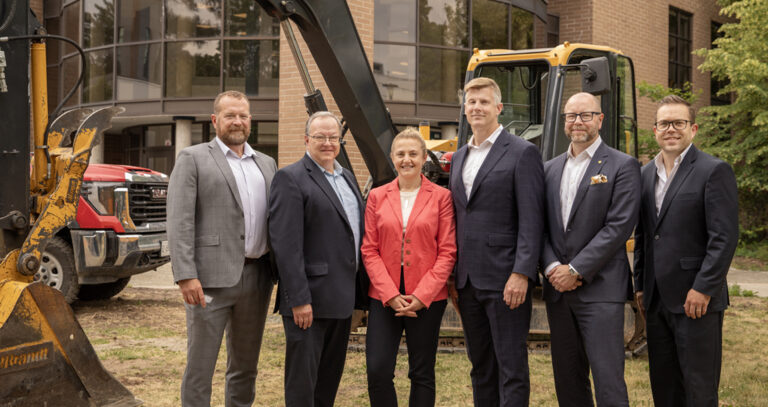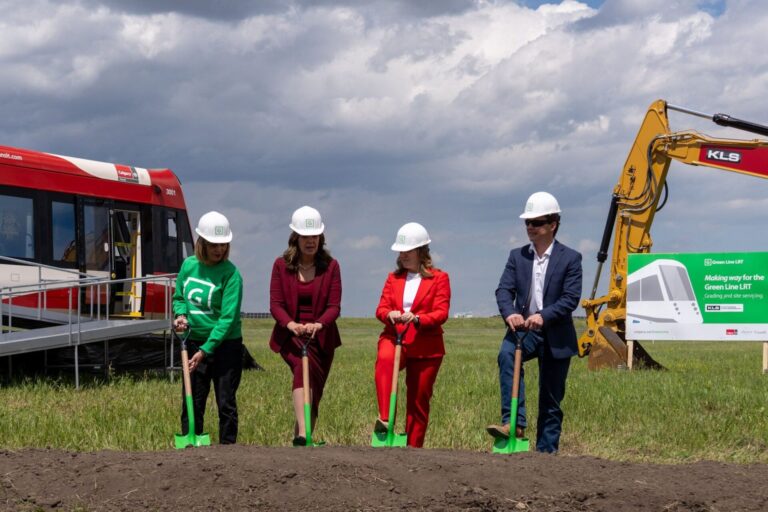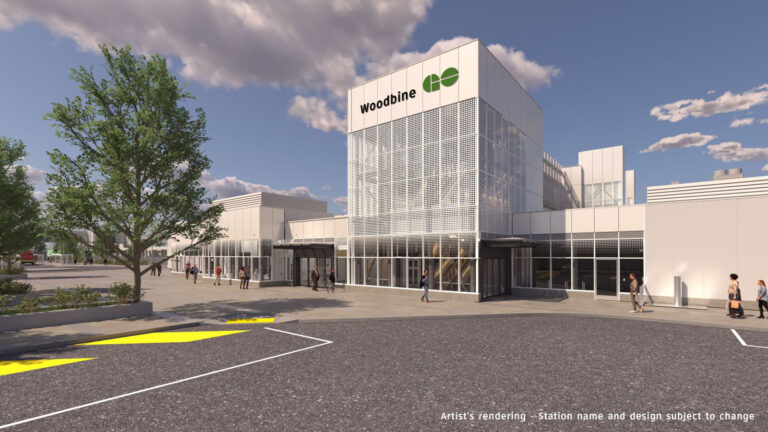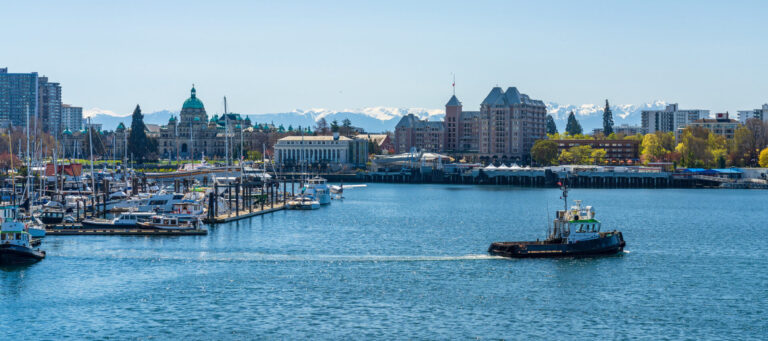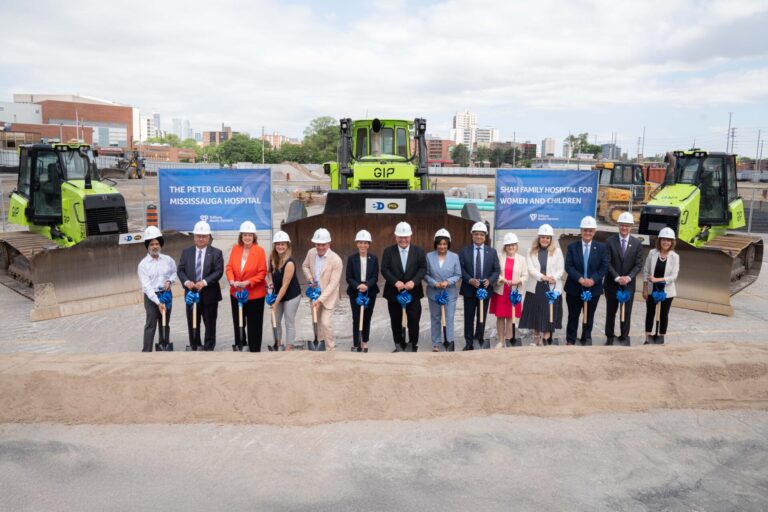Canada’s public transit and solid waste management infrastructure was greener in 2018 compared with two years earlier, according to a new survey on public infrastructure.
According to the survey results, the greener status was partially attributable to almost one-fifth more electric and hybrid buses and 52.2% more exclusive rights-of-way, or roadways reserved at all times for public transit use or other high-occupancy vehicles.
The number of waste diversion facilities (recycling, composting and anaerobic digestion) surpassed the number of active disposal facilities for the first time in 2018.
The national survey, entitled “Canada’s Core Public Infrastructure Survey of 2018,” was conducted in partnership with Infrastructure Canada. The survey results cover nine asset types: roads; bridges and tunnels; culture, recreation and sports facilities; potable water; public transit; public social and affordable housing; solid waste; storm water; and, wastewater. The data cover topics such as stock, condition, performance and asset management strategies.
Data are based on responses from approximately 2,520 government organizations selected from Statistics Canada’s Business Register, the central repository of information on public and private organizations operating in Canada. It is used as the principal frame for most of Statistics Canada’s economic statistical programs.
The following organizations are included in the survey:
- Provincial and territorial departments and ministries
- Regional governments
- Urban and rural municipalities
- Selected provincial Crown corporations and public transit authorities.
Estimates for 2018 may not be comparable with those for 2016 because of improved coverage and definitions, and changes in survey methodology, including an expanded target population. From 2016 to 2018, the questionnaire for Canada’s Core Public Infrastructure Survey underwent several major changes.
- Responses to the questionnaire were collected through an electronic platform instead of a paper questionnaire.
- Questions were streamlined to reduce response burden.
- The survey included a census of all municipalities with at least 1,000 inhabitants and a sample of municipalities with between 500 and 1,000 inhabitants.
- For Quebec, the survey was conducted by the Institut de la statistique du Québec.
Highlights of the survey
More buses are hybrid and electric – Public transit systems had a modest boost in their rolling stock from 2016 to 2018. In 2018, municipalities and regional, provincial and territorial governments owned 18,132 public transit buses (+280 from 2016) and 3,646 railcars (+167 from 2016).
While diesel buses comprised more than two-thirds (67.9%) of public transit bus fleets in 2018, the inventory of electric and hybrid buses grew by 18.6% from 2016 to 2018 and accounted for 12.8% of all buses. Bio-diesel buses accounted for another 14.9%.
Rural municipalities own the majority of solid waste assets – In Canada, provincial, territorial, regional and municipal governments owned and operated 3,284 waste disposal facilities, 1,981 transfer stations and 1,532 waste diversion facilities in 2018.
Solid waste tends to be processed outside city limits, with the majority of solid waste infrastructure owned by rural municipalities. However, in British Columbia, half (50.0%) of these assets were owned by regional governments, while all solid waste services were provided by the province in Prince Edward Island.
On average, there was one active waste disposal facility (excluding the 1,785 closed sites) for every 3.4 municipalities in 2018. Active waste disposal facilities included 737 dump sites, 716 engineered landfills, 26 incinerators and 20 energy-from-waste facilities.
To read the complete report, click here.




